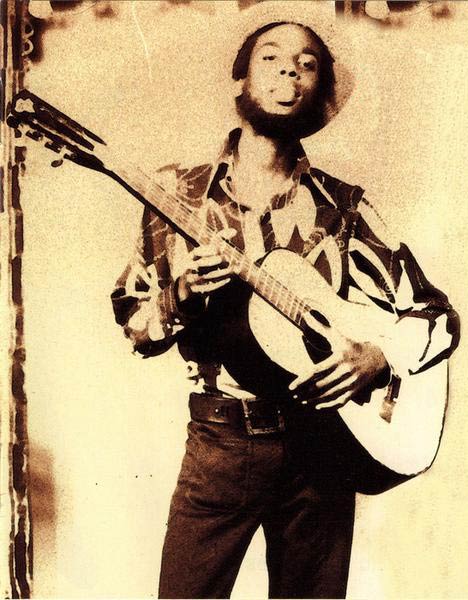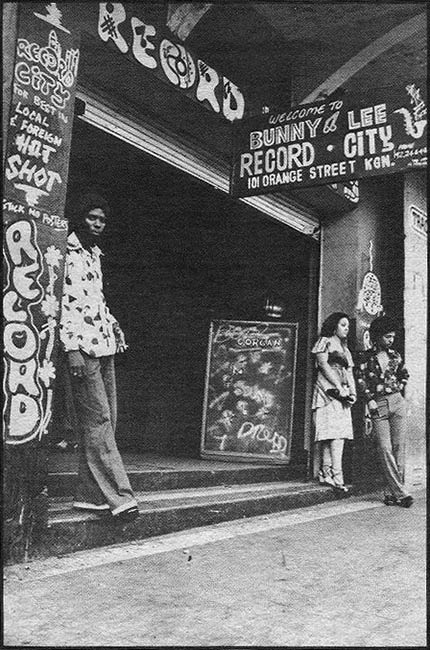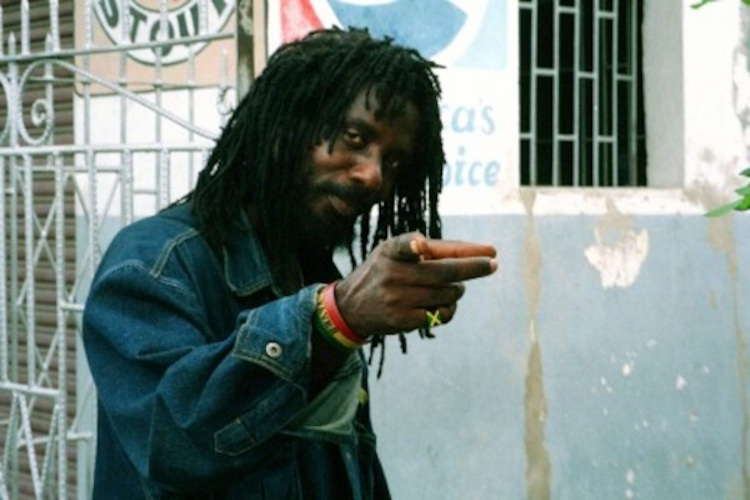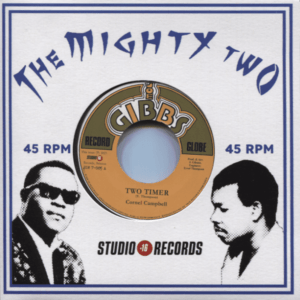Cornell Campbell was born in 1945 in Kingston, Jamaica. Some sources claim that his birth year was 1948. His voice was noticed immediately at the Church choir when he was a young boy. In an interview with Reggae Vibes, Cornell remembered people being fascinated, saying: “Bwoy, this child have an angelic voice, him sound like an angel”.
In that same interview, Cornell explains that he did his first recording at Sir Coxsone Dodd‘s Studio One when he was around 11 years old. The song was called “My Treasure”. He would return to Studio One as a teenager in the early 1960s, cutting a series of ska sides both as a solo artist and as part of a duo with Alan Martin.

After a three-year gap, he returned in 1967 as a member of The Uniques, a popular but short-lived vocal group that also featured the exceptional falsetto of Slim Smith. By 1969, Cornell Campbell led his own group, The Eternals, with whom he recorded hits like ‘Queen of the Minstrels’ and ‘Stars’ at Studio One.
In 1971, Cornell Campbell went solo and teamed up with Bunny Lee. He re-recorded his Eternals hits as a solo artist, and Bunny Lee highlighted Campbell’s distinctive falsetto to stunning effect. His first LP was self-titled and came out in 1973 with Trojan Records. In 1975, Cornell switched from lovers rock to a Rastafarian style. The change proved successful with big hits like “Natty Dread in a Greenwich Farm” and “Natural Fact”. More hits came in the 1970s as Campbell and Bunny Lee launched “The Gorgon, ” resulting in a series of hit sequels. This is why he is also known as Don Gorgon.

Cornell Campbell returned briefly to lovers rock in 1977 with the successful “The Investigator”. After parting ways with Lee in 1980, Campbell worked with producers like Winston Riley, Niney the Observer and King Tubby, releasing sporadic hits. He remained active in the new millennium. For example, he joined the German techno-dub team Rhythm & Sound on their single “King in My Empire” and the London-based dub band Soothsayers for the album “Nothing Can Stop Us”.
Cornell Campbell‘s distinctive falsetto voice, alongside his Rastafarian beliefs, gave him a musical style that added urgency and righteousness to songs that few other singers could match.
Sources:
Artist Biography by Jason Ankeny on allmusic.com
The Encyclopedia of Popular Music by Colin Larkin. Licensed from Muze on oldies.com
Photos from reggae-vibes.com and reggaeville.com (cover photo by UrbanImage.tv/David Katz)
Interview with Cornell Campbell (2004) on reggae-vibes.com




